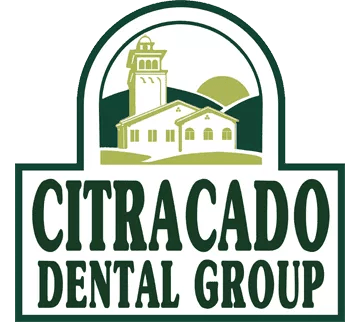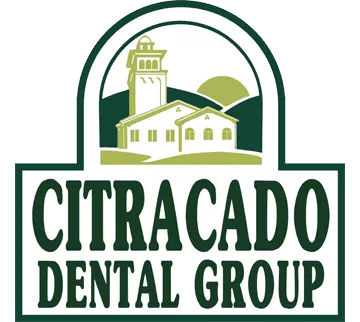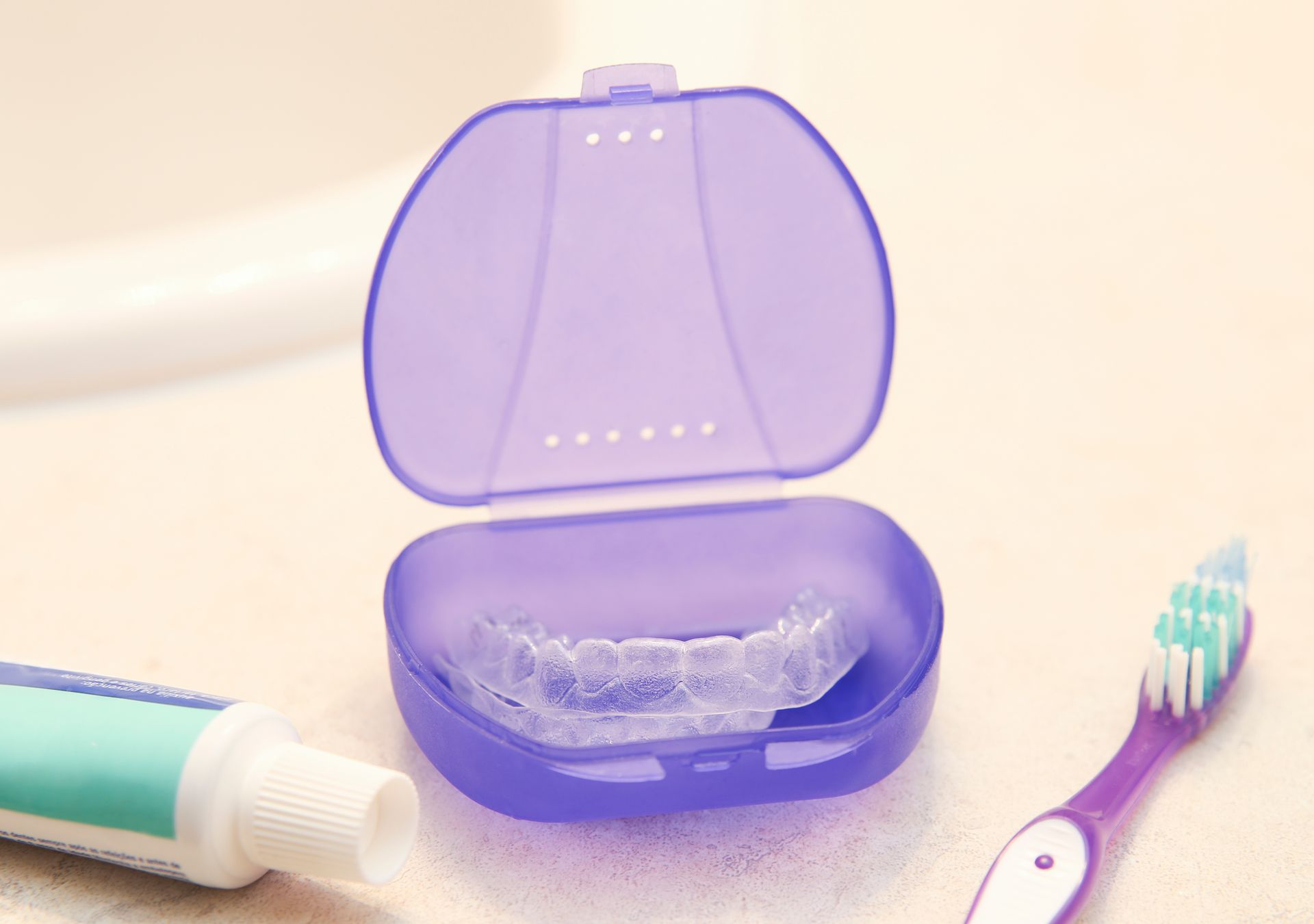CALL/TEXT US (760) 489-5545
WHEN IS YOUR CHILD READY FOR THEIR FIRST DENTIST VISIT?

Parents will always remember their baby’s first smile and first tooth. Keeping that smile happy and healthy for a lifetime starts with early dental care.
But how early?
Within six months of the magical moment when a child’s first tooth sprouts, you can begin to discuss the first dental visit. While it sounds early, it’s the recommended timeframe from the American Academy of Pediatrics.
Also keep in mind young children can face a number of risk factors despite only having one tooth. Family history of cavities or a child’s milk-drinking and sleeping habits can lead to tooth decay.
Let the dentist know about your family history and your child’s sleeping habits. Some parents are stunned to learn that children who fall asleep with a bottle face higher risk factors for tooth decay. Those baby teeth will actually last beyond babyhood. Baby teeth (or “primary teeth”) will stay with a child until their preteen years.
Given the importance of early dental care, you can breathe a sigh of relief because the first exam is designed to be a breeze. After a meet and greet, some tooth counting and an examination of the gums, parents and their little one will be ready to schedule their next appointment. It’s really that simple in most cases. The examination will also include an evaluation of the baby’s bite.
In addition, dentists will also ask about the baby’s teething, pacifier use and other relevant topics.
Preparing your child for the big day is also painless. Remember, this will be their first experience and therefore the baby will not have any negative association with dental visits that some children (and adults) might have.
Get ready with a little education and play. A picture book depicting dentists or mock toothbrushing with a favorite stuffed animal can introduce your child to the world of dentistry.
If your child is likely to become upset during the visit, plan for positive reinforcement. For instance, bring a surprise toy with you to the appointment or other comforting item that may encourage the child to play along.
If you need to bring your child in unexpectedly to address a tooth injury, be proactive before calling to schedule an appointment. A cracked tooth can be soothed with a warm water rinse followed by a cold compress on the child’s face over the injury. Once the child feels better, it’s time to call the dentist. Keep in mind that tiny chips in the teeth can be normal. This topic will come up during the baby’s first dental visit.
With a little preparation, your child’s first visit will be a big success and reason to celebrate. Early dental care is fundamental to keeping your child’s smile healthy and happy.
QUICK MENU
RECENT POSTS

ARCHIVES
CATEGORIES
EXPLORE YOUR DENTAL HOME IN ESCONDIDO!
CALL/TEXT:
760.489.5545
EMAIL:
edith@citracadodental.com
HOURS
Mon: 8:00 a.m. - 5:00 p.m.
Tue: 8:00 a.m. - 5:00 p.m.
Wed: 9:00 a.m. - 7:00 p.m.
Thu: 8:00 a.m. - 5:00 p.m.
Fri: 8:00 a.m. - 5:00 p.m.
Sat: 8:00 a.m. - 12:00 p.m.
Sunday Closed





